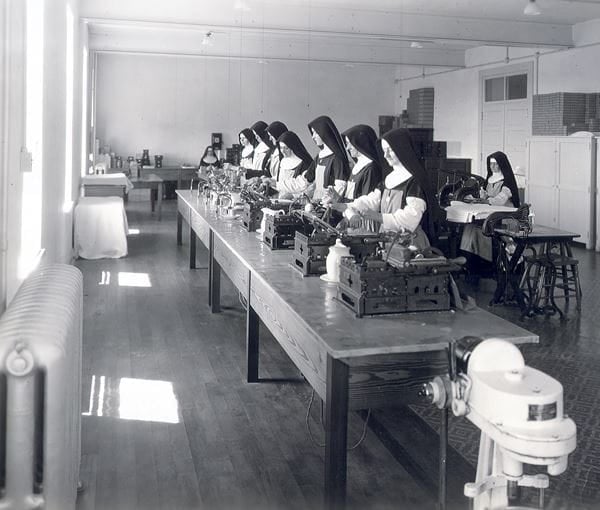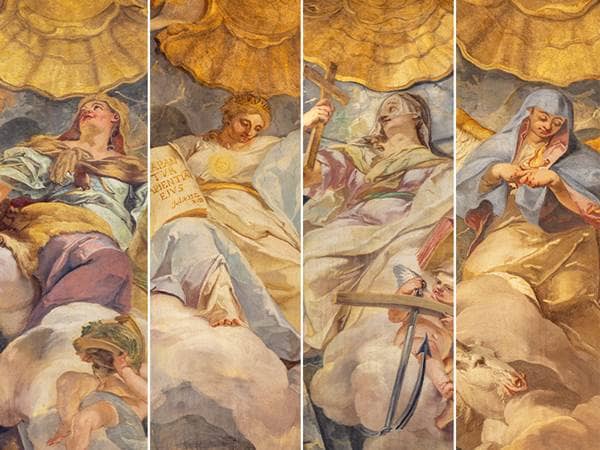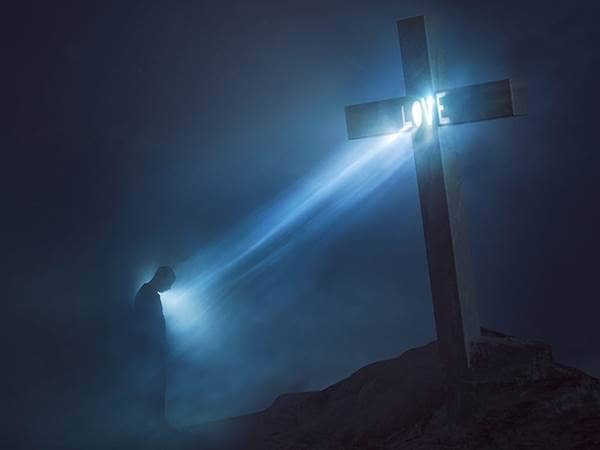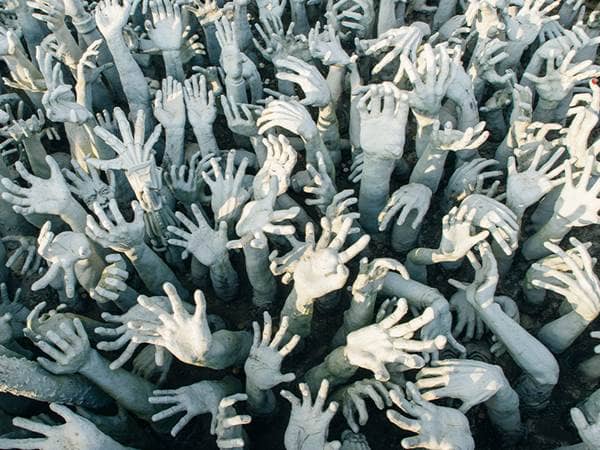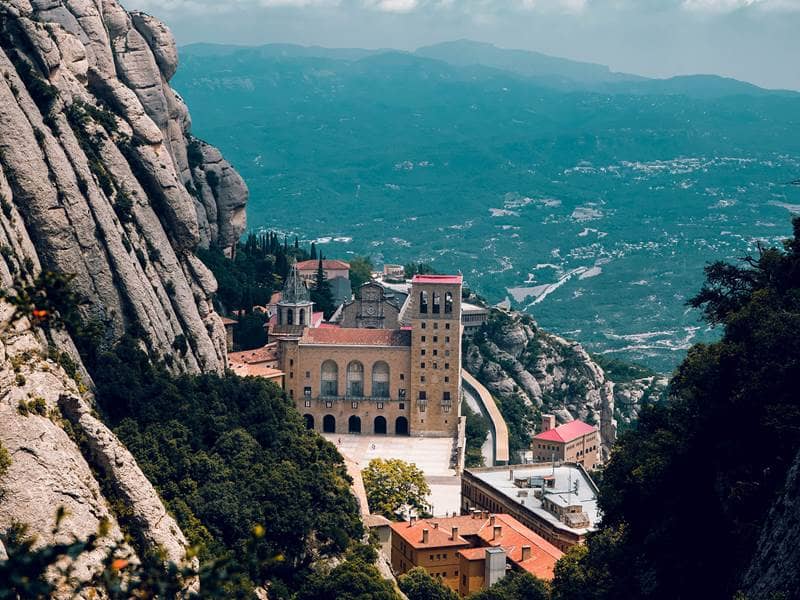
- Trending:
- Forgiveness
- |
- Resurrection
- |
- Joy
- |
- Feminism
- |
- Afterlife
The 100 Most Holy Places On Earth
Abbey of Montserrat

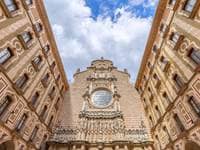
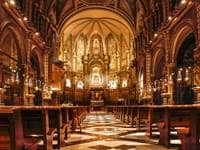
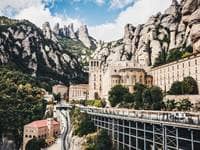
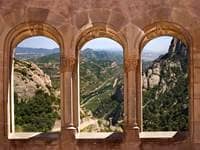
Also Known As:
Santa Maria de Montserrat Abbey or Montserrat Monastery
Associated Faiths:
Also frequented by Christians of other High and Low-Church traditions.
Accessibility:
Open to visitors.
Annual visitors: 3,000,000
History
Santa Maria de Montserrat Abbey is a 11th century Benedictine monastery, located on Mount Montserrat, just northwest of Barcelona, Spain. On the same site is the 16th century Basilica of Montserrat. The name “Montserrat” means “serrated mountain,” and well describes the appearance of the rocky peaks which support the monastery and basilica. The monastery, perched amid Mount Montserrat’s cliffs, rests at an elevation of over 2,300 feet above the valley floor. The abbey is an active monastery, averaging between 70-80 monks at any given time, and has been an important place of pilgrimage in Spain since about the 13th century.
Even before the monastery was built, Mount Montserrat was an important religious site. Historians believe that it was once the site of a pagan temple dedicated to the Roman goddess, Venus. Pilgrims would make their way to the temple to view the statue, make offerings to the temple’s goddess, and seek blessings or intercession. By the 9th century, four different chapels were built atop that mountain. Of those, the only one to survive was the one dedicated to Saint Acisclo—a 4th century Christian martyr.
One of the things which makes the Santa Maria de Montserrat Abbey a place of pilgrimage for Christian today is not its monastic history but, instead, the fact that it houses the famous “Black Madonna” statue—a 38-inch wooden depiction of the Virgin Mary and Christ Child, traditionally dated to around the end of the 12th century CE. The statue is sometimes referred to as La Moreneta, or “the little dark one.” This depiction of the Virgin and Child were not initially black, but the statue’s hue has become dark because its numerous coats of varnish (which were applied over the centuries) have discolored. In 1881, Pope Leo XIII declared the statue the patron saint of Catalonia.
In the nineteenth century the Montserrat Monastery was mostly destroyed during the “Peninsular War,” which was part of the Napoleonic wars. Indeed, Napoleon’s armies twice set it on fire. Thus, it had to be rebuilt during the 19th and 20th centuries. During the reconstruction, the site and its buildings were expanded—and the church resting in the mount was elevated to the status of a minor basilica by Pope Leo XIII.
Religious Significance
While historians generally date the statue of the Black Madonna to the late 12th century, Roman Catholic tradition claims that Luke, the Evangelist, actually carved the statue sometime around AD 50. Hidden, at some point, in Santa Cova (or the “holy grotto”)—further down the mountain—it was supposedly rediscovered in AD 880. The tradition states that the statue was actually found by some 9th century shepherds who saw a bright light and heard heavenly music, and who followed those to the grotto, were the statue had been stashed. Manifesting echoes of the story of the Nativity, this legend about the statue’s origins and rediscovery have caused an air of the miraculous to surround the statue and the mount, making Santa Maria de Montserrat a “sacred space” for Catholic pilgrims.
Mountains have always been places of retreat. Their heightened elevation has ever made those who scale them feel as though they were closer to God and His heavens. During the hermitic era (of the early Middle Ages), the cliffs surrounding Santa Maria de Montserrat made an ideal place of retreat for hermetic monks. Its cliffs are the home to various grottos, caves, and inhabitable crevasses. Thus, hallowed was this hill for those who rejected the world. Monastic life continues at the Montserrat Monastery, where several dozen monks are not hermits, but nevertheless have vows largely removing themselves from the world which surrounds them.
Various miracles have been attributed to the statue of the Madonna, housed here. Beyond healings and answered prayers, one tradition claims that the Catholic Bishop of Manresa—a neighboring city to Montserrat, situated on the opposite side of the mountain—wanted the statue for his church. However, when priests sought to move it to the new location, it became so heavy that there was absolutely no possible way to move it. The monastery had to be built around it (according to the tradition). And the miracle was seen as a sign from God, revealing where He wished the statue to be housed.
So sacred is this space, that many pilgrims have come to Santa Maria de Montserrat to see the “Black Madona,” to pray to the Virgin Mary while in front of the statue, and to bask in the sacred statue’s presence. Among the famous who have made pilgrimages to this shrine are Popes Leo XIII and Benedict XIII, Ignatius Loyola, Christopher Columbus, Cervantes, von Humboldt, Kings Fernando and Isabella, and emperors Carlos I, Felipe II, and Louis XIV. St. Ignatius is actually said to have written his Spirituial Exercises at Santa Maria de Montserrat, prior to going on to start the Society of Jesus.




